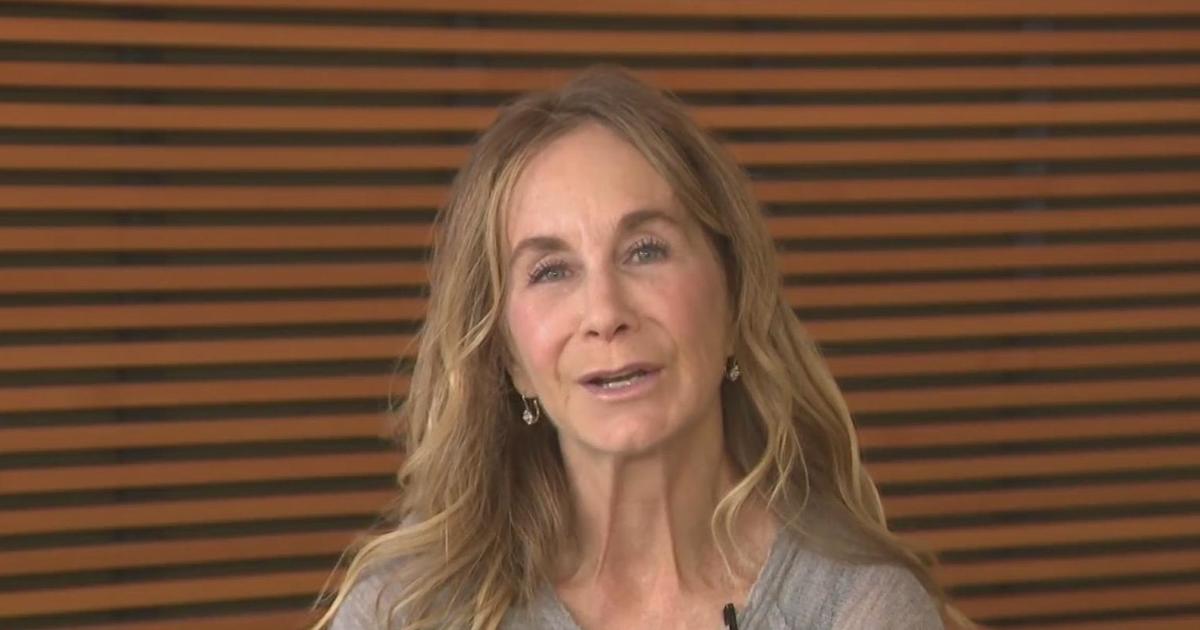English Language Learners Gain Confidence From California Teacher
 (Photo Credit: Thinkstock)
(Photo Credit: Thinkstock)
This article is presented in partnership with CA Lottery.
Imagine coming to a new country for the first time and not understanding the language. Now add to that the insecurities of being a teenager. For hundreds of young people pouring into California from all over the world, this is a scary reality.
South San Francisco High School's 11th grade English teacher, Amanda Silicani works to build confidence in her students by building their language skills. She is the first American classroom experience for her 9th to 12th grade English Language (EL) students making the transition from their home country to the South San Francisco Unified School District.
Silicani teaches both Sheltered Classes for transitioning high school students and a regular 11th grade English class for native students. There are a variety of countries represented in her Sheltered Classes, but over the past two years she has seen an influx of students from Central America. At this time about half of her students are native Spanish-speakers. New students arrive in Silicani's class throughout the year, but most of the students begin at the start of the semester.
One of the most exciting things for the eight-year teacher to see is the progress of her students. She says when her English Language students first arrive, some of them are really quiet and shy because for them, this is a new environment.
"Sometimes students are outgoing and really move quickly, and are not afraid to take risks," Silicani says. "Others are really shy and not sure of their language skills, and don't know if they want to put themselves out there. It's great to see them really grow throughout the year, and to see their confidence get really stronger. It's really an awesome transition to see that happen."
The Vital Step Of Trust
Patience and sincerity are genuine and students pick up on those qualities right away. Silicani's love for her job not only allows her to demonstrate those qualities, but also leads to students wanting to follow her directions. When teaching these students who feel isolated and alone because of a language barrier, Silicani said the first thing that must be established is trust.
"Once I build a relationship with them and they feel really comfortable in class, then I can really start to develop their language skills," said Silicani. "I really need to build their trust. They have to trust me and know that I want them to learn English. I want them to do really well in school."
She moves into the next step by giving them a foundation from which to work. She says this puts them at ease.
"They are not afraid to practice. Even if they say something in English and the pronunciation is not correct, it's okay because they know that the more that they practice, the better they will get at it and really grow as students."
Getting To The Next Level
Measuring how well the students are learning is done in several ways, and South San Francisco High's EL program has five required levels. Students are placed on a learning level and move through the levels each year.
Guides indicating where the students are in their learning level include classroom work and teacher recommendations. However, the main measuring tool is the California English Language Development Test (CELDT). Students in kindergarten through grade 12 whose native tongue is not English are obligated by law to be assessed by the CELDT.
Silicani said some students move quickly through the program levels while other move much slower.
"It depends how much education they are coming with. Some students have gaps in their education. Sometimes it's more of an adjustment for them to come back to school than others who have been going to school in their home countries up until the time they left," she says.
Another real key to an EL student's success is building the class community.
"We all help each other learn the language. It's not just coming from me," Silicani says. "The students are helping each other because if the student does not feel safe enough to take those risks, it's not going to work. I try to build that in the class."
Building the class community is also critical in encouraging students not to drop out of school. Silicani grew up in the community and is a graduate of South San Francisco High School herself. She says her greatest teaching reward is how all her students have helped her become a better person.
"I want them to know that I'm going to bring my very best every day," Silicani says. "I have to acknowledge them as individuals. Their experiences are important. I have a great responsibility to them."
Nicole Bailey-Covin is a public school education writer for Examiner.com.



